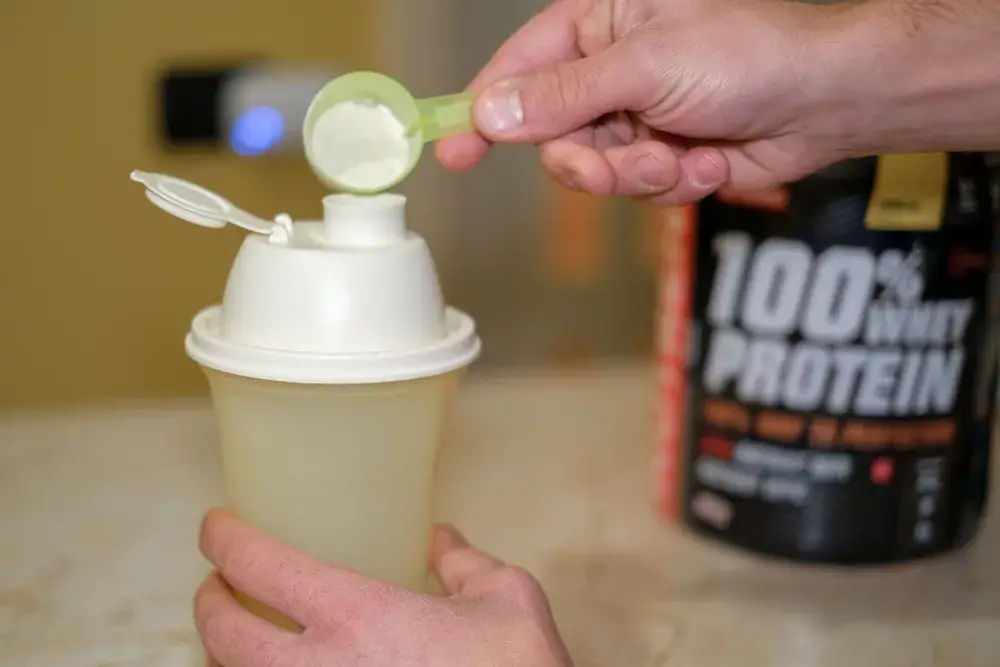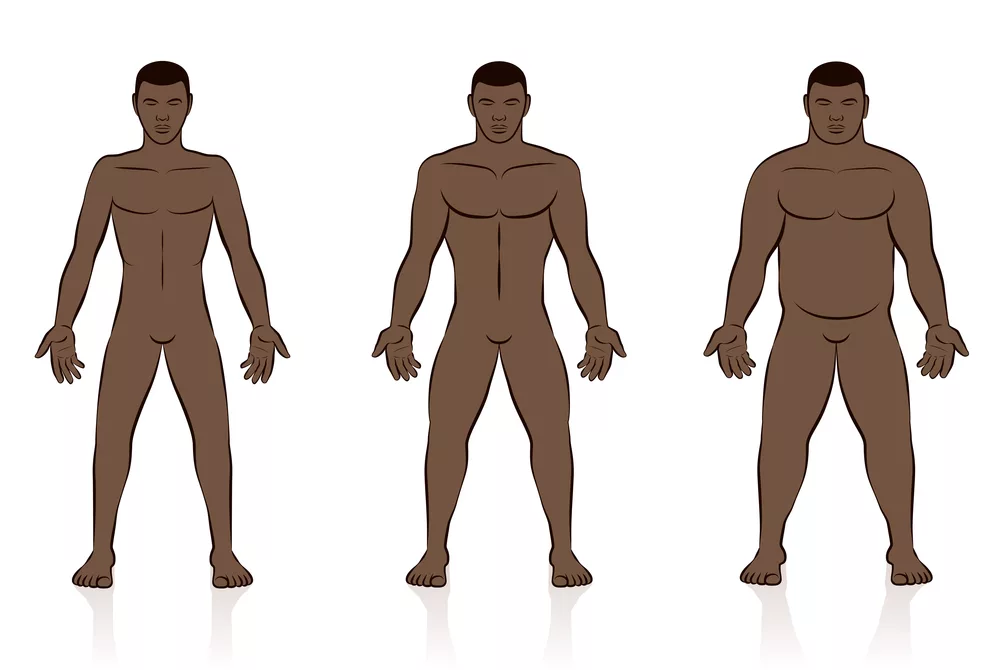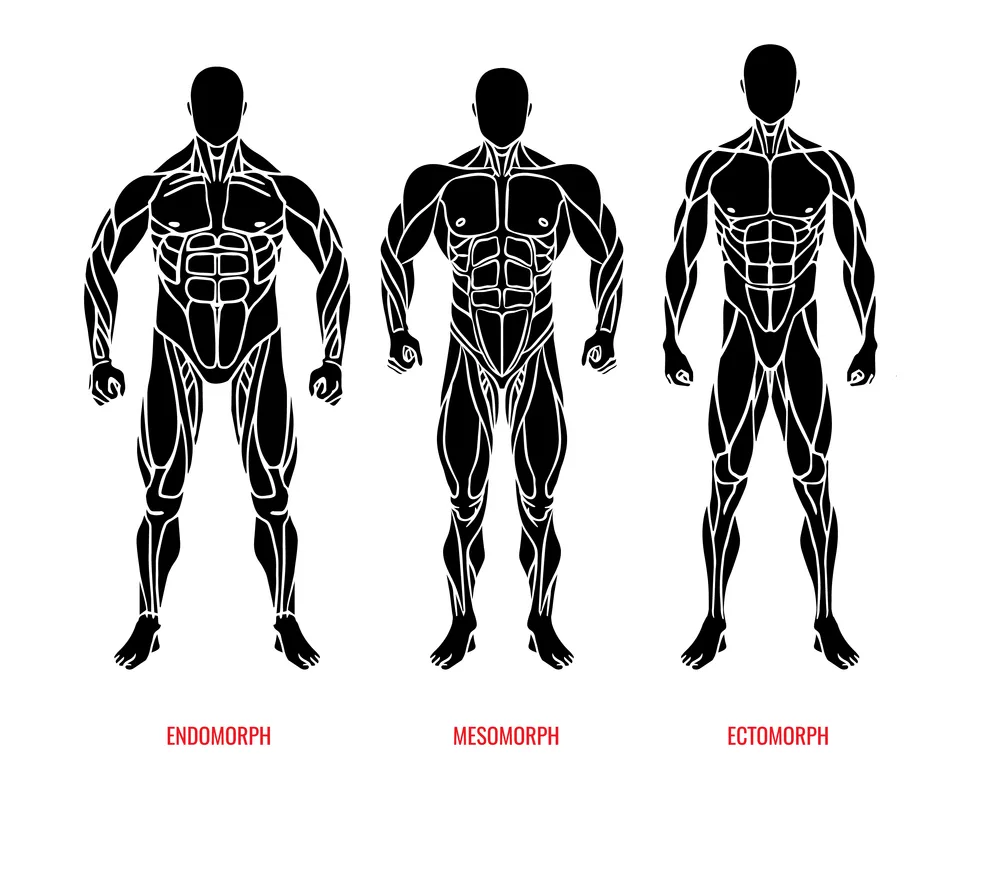Did you know that deadlifts were once called “Romanian Deadlifts” and were used to test a person’s strength and character? Today, they remain a top choice for athletes, bodybuilders, and even celebrities like Dwayne “The Rock” Johnson, who credit them for building power and muscle.
This article delves beyond the hype to explore the what are the benefits of doing deadlifts, revealing the multifaceted benefits this exercise offers for both men and women, making it a valuable addition to any fitness routine.
Key Takeaways
- Deadlifts are a compound exercise that targets multiple muscle groups, offering a wide range of benefits beyond just building strength.
- They can improve athletic performance, increase bone density, enhance posture and core strength, boost metabolism, and foster mental toughness.
- Deadlifts are suitable for all fitness levels with various modifications available for beginners or those with limitations.
- Prioritizing proper form and safety is crucial to reap the benefits and avoid injuries.
Comparison Table: Conventional Deadlift vs. Sumo Deadlift
| Feature | Conventional Deadlift | Sumo Deadlift |
|---|---|---|
| Stance | Shoulder-width apart | Wider than shoulder-width |
| Grip | Overhand grip | Double overhand or mixed grip |
| Primary Muscle Groups | Hamstrings, glutes, lower back | Glutes, hamstrings, quads |
| Benefits | Overall strength development, improved core stability | Emphasizes glute activation, suitable for individuals with limited hip mobility |
What are Deadlifts and How to Do Them Right:
Clear explanation: Deadlifts are a compound exercise that involves lifting a barbell off the ground from a standing position, engaging multiple muscle groups. They primarily target the hamstrings, glutes, and lower back, but also activate core muscles, shoulders, and forearms.
Step-by-step guide:
- Set up: Stand with feet shoulder-width apart, core engaged, and back straight. The barbell should be positioned in front of your shins, with hands gripping the bar slightly outside shoulder-width.
- Hinge at the hips: Keeping your back straight and core engaged, push your hips back as if you’re about to sit down. Lower the bar down your shins, maintaining a straight bar path close to your body.
- Lift with your legs: Once you feel a stretch in your hamstrings, drive through your heels to lift the bar back up to the starting position, keeping your core engaged and back straight.
- Squeeze your glutes: At the top of the movement, squeeze your glutes to fully extend your hips.
Addressing misconceptions: Deadlifts are often incorrectly labeled as dangerous for your back. However, when performed with proper form and appropriate weight, they can be a safe and effective exercise.
Remember:
- Start with lighter weights to perfect your form before increasing the load.
- Don’t round your back at any point during the movement.
- Seek guidance from a certified trainer if you’re unsure about proper form or have any pre-existing injuries.
Beyond Strength: Unveiling the Multifaceted Benefits of Deadlifts
While building strength is undeniably a key benefit of deadlifts, their true power lies in their diverse impact on overall fitness and well-being. Let’s explore some lesser-known advantages that go beyond the weight room:
- Enhanced Athletic Performance: Deadlifts are a staple exercise for athletes across various disciplines. They improve power, agility, and explosiveness by strengthening the posterior chain (glutes, hamstrings, lower back), which plays a crucial role in activities like jumping, sprinting, and changing direction quickly. A study published in the Journal of Strength and Conditioning Research found that athletes who incorporated deadlifts into their training program significantly improved their vertical jump height compared to those who didn’t.
- Increased Bone Density: Deadlifts, when performed with proper form, can stimulate bone growth and increase bone mineral density (BMD) in the lower back, hips, and spine. This is particularly beneficial for women as they are more susceptible to osteoporosis later in life. A study published in the Bone Journal showed that women who participated in a deadlift program for 12 weeks experienced significant improvements in lumbar spine BMD compared to a control group.
- Improved Posture and Core Strength: Deadlifts engage a multitude of muscle groups, including the core muscles responsible for stabilizing your spine and maintaining proper posture. By strengthening these muscles, deadlifts can help improve your posture, reducing hunching and slouching, and leading to better overall body alignment. A 2018 study in the Journal of Sports Science and Medicine found that deadlift training led to significant improvements in both postural awareness and core strength in healthy adults.
- Boosted Metabolism and Calorie Burning: Deadlifts are a compound exercise that activates multiple muscle groups simultaneously, leading to a higher metabolic demand compared to isolation exercises. This increased metabolic activity translates to burning more calories, even at rest, which can be beneficial for weight management and overall fitness goals. A study published in the Journal of Applied Physiology found that deadlifts resulted in a significantly higher post-exercise oxygen consumption (EPOC) compared to other exercises, indicating a greater calorie burn even after the workout is complete.
- Mental Toughness and Confidence: Mastering a challenging exercise like the deadlift can be incredibly rewarding, fostering a sense of accomplishment and boosting confidence in your physical capabilities. This mental toughness translates to other areas of life, teaching perseverance and resilience in the face of challenges.
Remember: These benefits are not just for men! Deadlifts offer a wide range of advantages for benefits of deadlifts for females as well. Numerous studies and personal experiences of female athletes and fitness enthusiasts highlight the positive impact of deadlifts on strength, athletic performance, and overall well-being.
what muscles do deadlifts target
- Gluteus Maximus: (Butt)
- Quadriceps: (Upper Front legs)
- Adductor Magnus: (Inner Thigh)
- Soleus: (Smaller part of your calf muscle)
- Hamstrings: (Upper back of legs)
- Gastrocnemius: (bigger part of your calf muscle)
- Erector Spinae: (lower back)
- Trapezius, upper: (upper neck muscles)
- Trapezius, middle: (middle neck muscles)
- Levator Scapulae: (the muscle from your jaw to your shoulder)
- Rhomboids: ( upper inner back muscles right below your neck)
- Rectus Abdominis: (abs)
- Obliques: (side abs)
Variations for All Levels
The beauty of deadlifts lies in their versatility. While the conventional deadlift is a fantastic exercise, there are numerous variations that cater to different fitness levels, goals, and individual needs. Here are a few popular variations:
-
Romanian Deadlifts (RDLs):
-
- Purpose: Primarily target the hamstrings and glutes, emphasizing hip hinge movement.
- Benefits: Excellent for developing hamstring flexibility and building lower body strength without straining the lower back. Suitable for beginners or those working on proper form.
- Progression: Start with bodyweight or light dumbbells and gradually increase the weight as your form and hamstring flexibility improve.
-
Sumo Deadlifts:
-
- Purpose: Targets the glutes and hamstrings while placing less stress on the lower back and core due to a wider stance.
- Benefits: Ideal for individuals with limited hip mobility or those looking to emphasize glute activation.
- Progression: Similar to conventional deadlifts, begin with lighter weights and focus on proper form before increasing the load.
-
Trap Bar Deadlifts:
-
- Purpose: Offers a more neutral grip position, potentially reducing strain on the wrists and forearms compared to the conventional deadlift.
- Benefits: Suitable for individuals with wrist or forearm limitations or those who prefer a more comfortable grip.
- Progression: Follow the same progression principles as the conventional deadlift, starting with light weights and gradually increasing the load as your strength improves.
Remember: These are just a few examples, and numerous other deadlift variations exist. It’s crucial to choose variations that align with your individual goals and limitations. Always prioritize proper form over weight, and don’t hesitate to seek guidance from a certified trainer if needed.
As you progress in your deadlift journey, you can safely transition between variations once you’ve mastered the basic movement patterns. Start with bodyweight or lighter weights for any new variation, focusing on proper form and technique before gradually increasing the load. Remember, consistency and proper form are key to unlocking the full potential of deadlifts and reaping their numerous benefits.
Safety First: Essential Precautions and Tips
Unlocking the full potential of deadlifts hinges on prioritizing proper form and safety. Remember, a well-executed deadlift with lighter weights is far more beneficial than attempting heavier weights with compromised form.
-
Mastering the Form is Paramount:
-
- Visuals are Key: Consider incorporating instructional videos or detailed images demonstrating proper form throughout the deadlift movement. This can significantly improve understanding and execution.
Seek Guidance: If you’re unsure about any aspect of the movement, don’t hesitate to consult a certified personal trainer or coach. They can provide personalized guidance and ensure you’re performing the exercise safely and effectively.
- Visuals are Key: Consider incorporating instructional videos or detailed images demonstrating proper form throughout the deadlift movement. This can significantly improve understanding and execution.
-
Warm-up and Cool-down are Non-Negotiable:
-
- Dynamic Warm-up: Before diving into deadlifts, engage in a dynamic warm-up routine that includes activities like light cardio, lunges, arm circles, and dynamic stretches. This prepares your body for movement and increases blood flow to your muscles, reducing the risk of injury.
- Static Cool-down: After your deadlift workout, don’t neglect a static cool-down routine. This includes stretches that target the major muscle groups involved in the exercise, such as your hamstrings, glutes, lower back, and core. This helps improve flexibility, reduce muscle soreness, and promote recovery.
-
3. Listen to Your Body:
-
- Start Light, Go Slow: Always begin with lighter weights, even if it feels easier than you anticipated. This allows you to focus on proper form and technique before progressively increasing the weight as your strength and confidence improve.
- Prioritize Form Over Weight: It’s tempting to push yourself and lift heavier weights, but remember, proper form is paramount. Lifting heavier weights with compromised form significantly increases the risk of injury. Don’t be afraid to reduce the weight if necessary to maintain perfect form throughout the movement.
- Respect Your Limits: Pay close attention to your body’s signals. If you experience any pain or discomfort, stop the exercise immediately. Consult a healthcare professional if the pain persists.
-
Seek Professional Guidance:
- Pre-existing Injuries: If you have any pre-existing injuries or limitations that might affect your ability to perform deadlifts safely, it’s crucial to consult a certified personal trainer or physical therapist. They can assess your individual needs and recommend modifications or alternative exercises that are safe and effective for you.
By prioritizing safety and incorporating these essential tips into your deadlift routine, you can ensure a rewarding and injury-free experience while reaping the numerous benefits this powerful exercise offers.
6 FAQs About Deadlifts
-
Are deadlifts dangerous?
- Deadlifts can be safe when performed with proper form and appropriate weight. However, improper form can increase the risk of injury. It’s crucial to prioritize form and seek guidance from a certified trainer if needed.
-
Can women benefit from deadlifts?
- Absolutely! Deadlifts offer numerous benefits for women, including improved strength, athletic performance, bone density, and overall fitness.
-
What are some common deadlift mistakes?
- Rounding the back, lifting with the legs instead of the hips, and using excessive weight are common mistakes that can lead to injury.
-
How often should I do deadlifts?
- The frequency depends on your individual fitness level and goals. Beginners can start with once or twice a week, while experienced individuals can perform them more frequently.
-
What are some good deadlift alternatives?
- If deadlifts are not suitable for you due to limitations or injuries, consider alternative exercises like Romanian deadlifts, lunges, or squats.
-
What are the best deadlift variations for beginners?
- Bodyweight deadlifts, Romanian deadlifts with light dumbbells, and sumo deadlifts with lighter weights are excellent options for beginners to learn proper form and build confidence.
Conclusion: Unleash Your Potential with Deadlifts
Deadlifts have rightfully earned their reputation as a powerhouse exercise. They go beyond building raw strength, offering a multitude of benefits that can significantly enhance your overall fitness and well-being. From improved athletic performance and increased bone density to enhanced posture, boosted metabolism, and mental toughness, deadlifts offer a well-rounded package for individuals of all fitness levels.
Ready to incorporate deadlifts into your workout routine? Even beginners can reap the rewards! Start with bodyweight or lighter weights, prioritize proper form above all else, and gradually increase the load as your strength and confidence improve. Remember, numerous variations exist, so don’t hesitate to explore and find the variation that best suits your needs and limitations.
Embrace the challenge of deadlifts. They may not be easy, but the journey of mastering this exercise and unlocking its potential is an empowering and rewarding experience. So, unleash your inner champion, embrace the power of deadlifts, and watch your fitness journey soar to new heights!















2 comments on What are The Benefits Of Deadlifts?